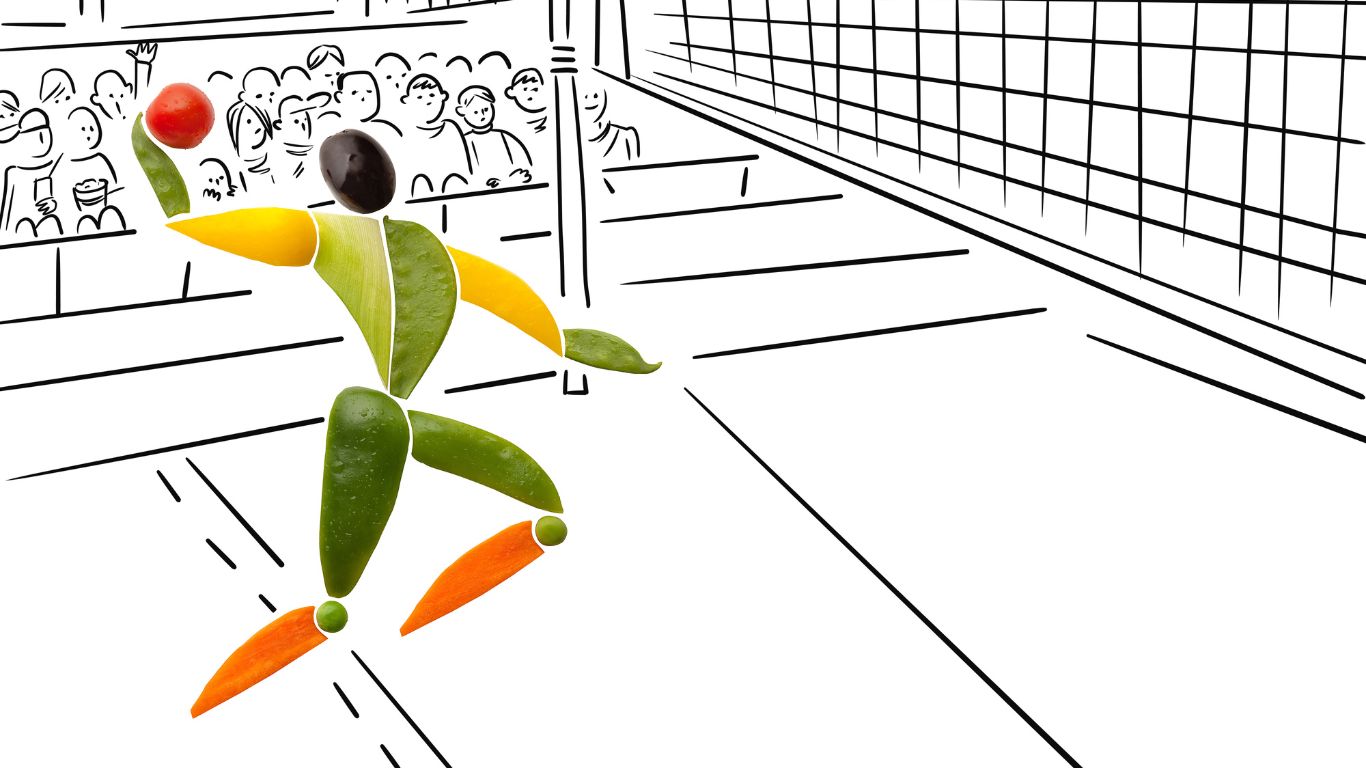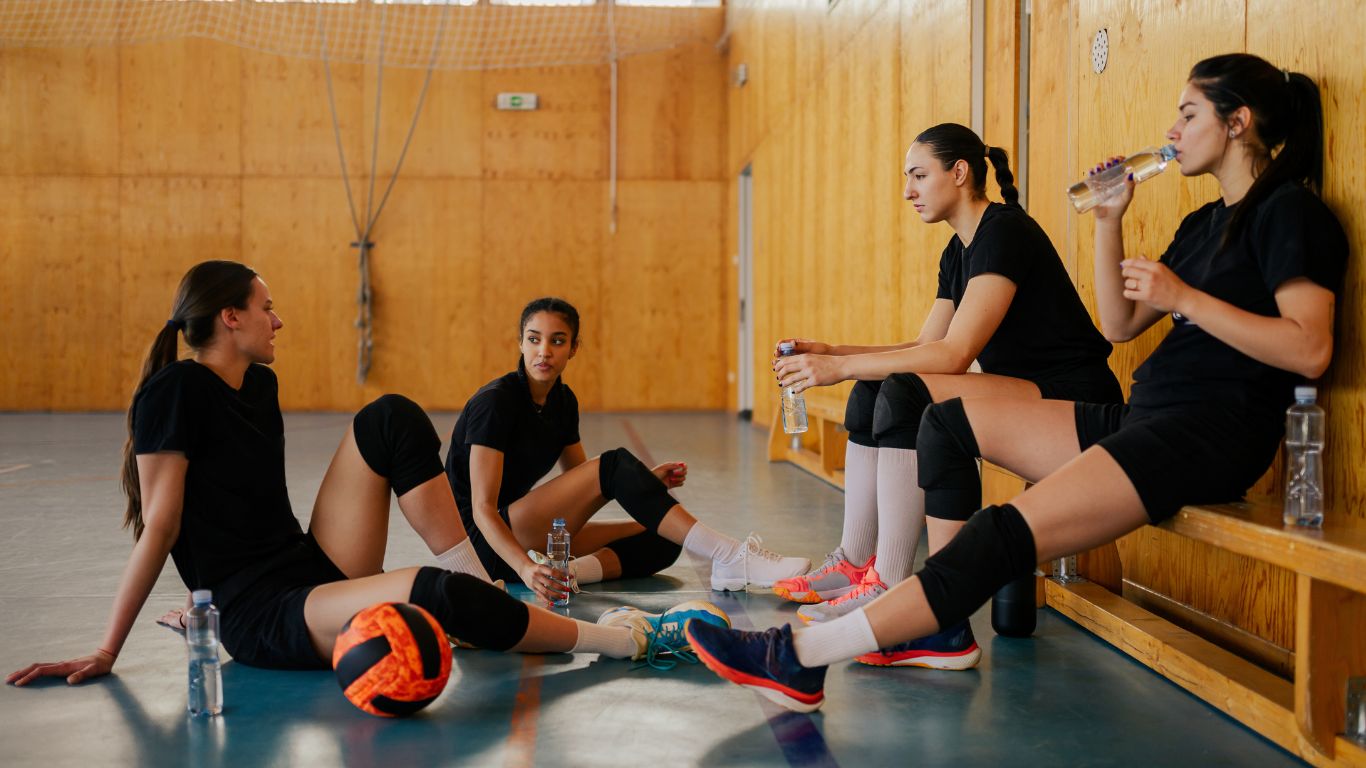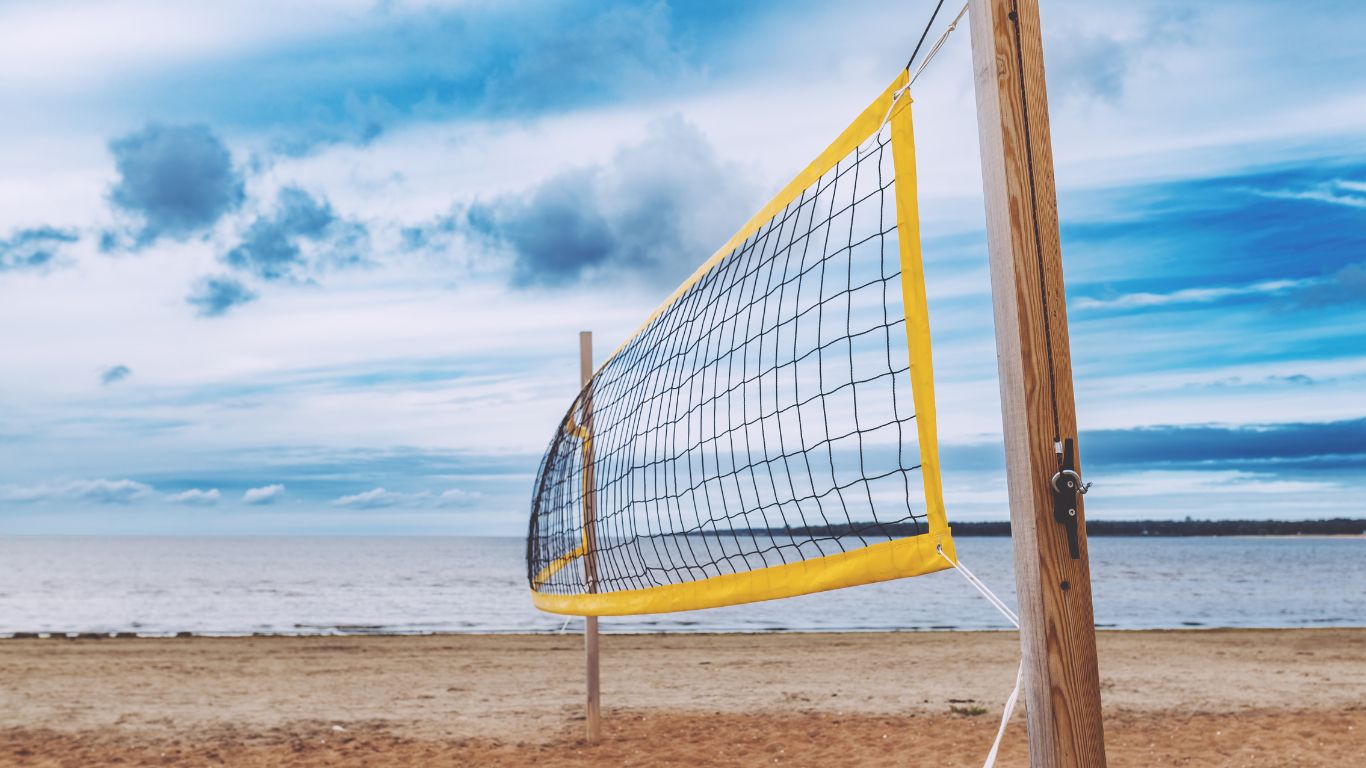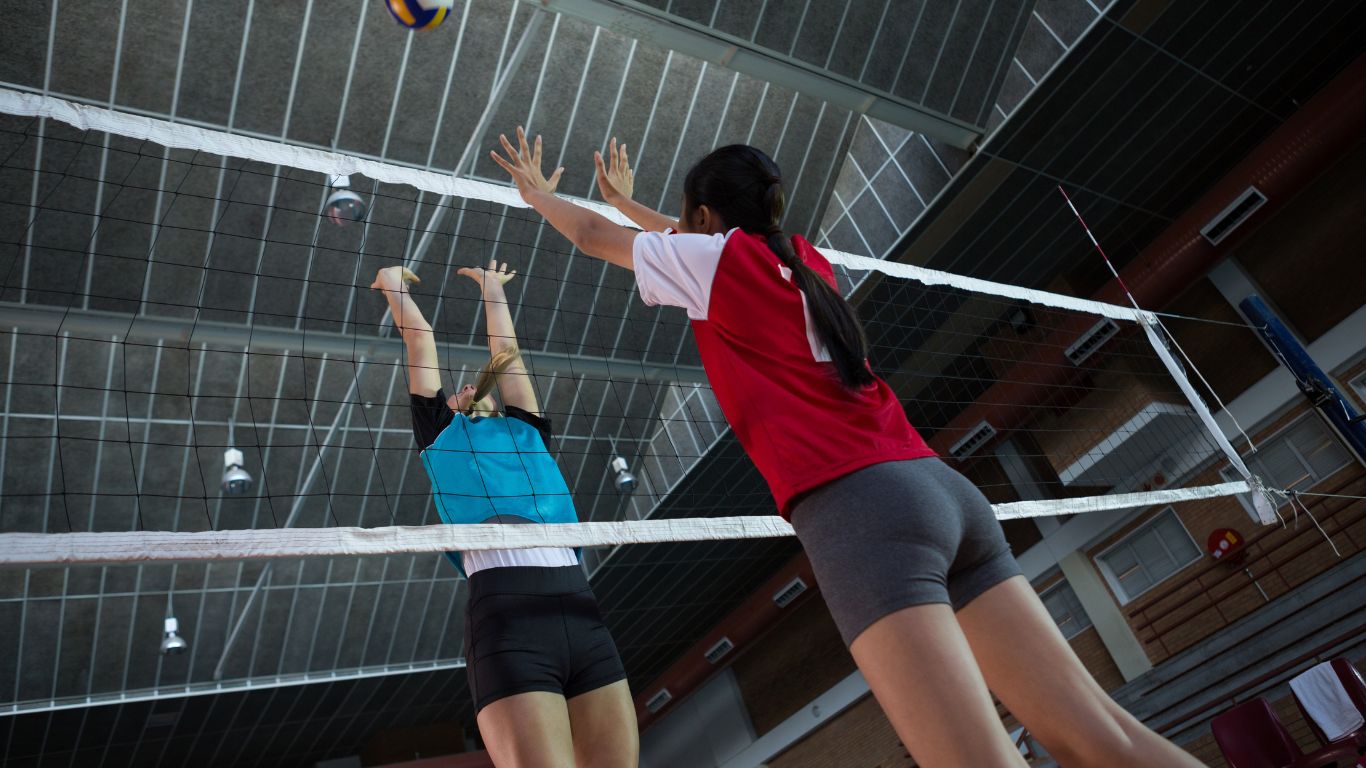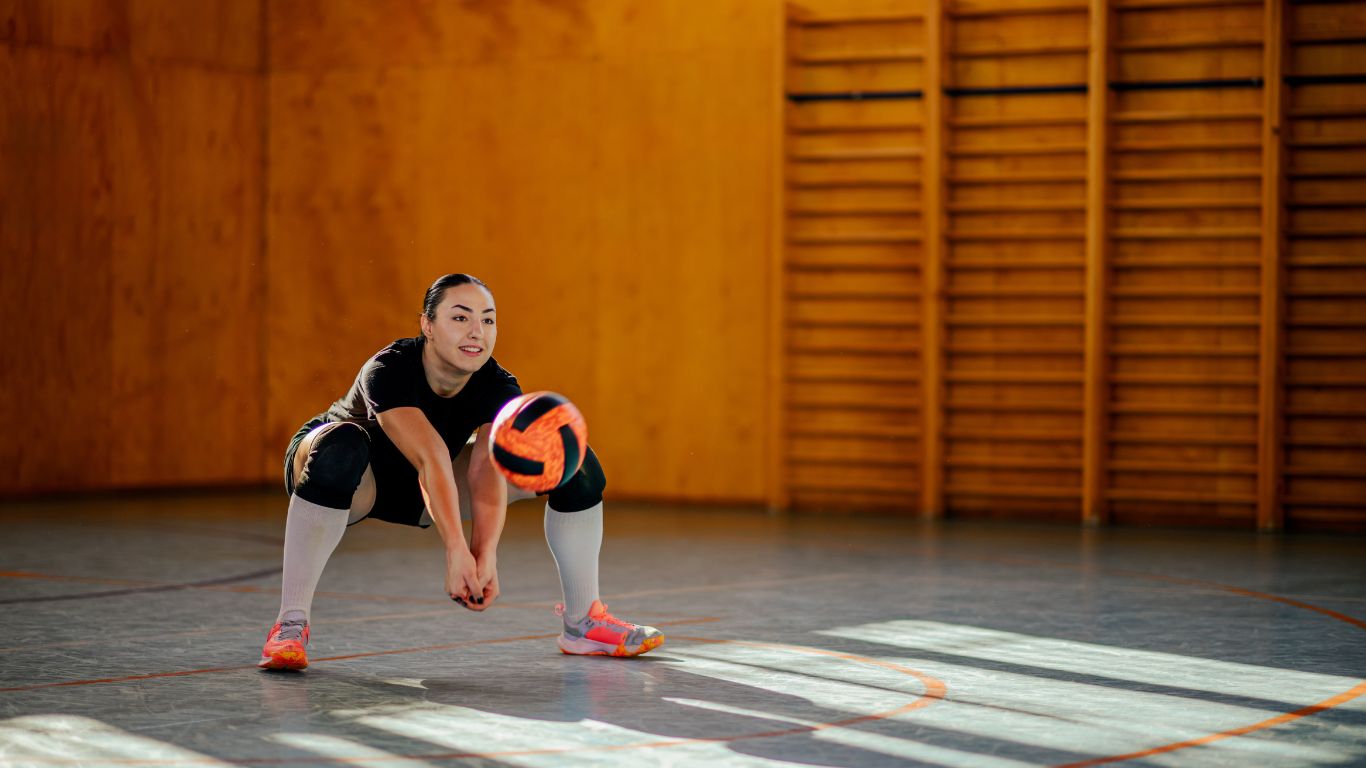Welcome to the exciting world of volleyball! If you’re a beginner, one of the fundamental skills you’ll need to learn is the “dig.” This guide will provide a basic understanding of what a dig is, its importance in the game, techniques for executing successful digs, common mistakes to avoid, and some practice tips and drills to help you improve.
What is a Dig in Volleyball?
A dig is a defensive move to prevent the ball from hitting the court after an opponent’s attack, usually a spike or a serve. The primary goal of a dig is to keep the ball in play and set it up for a teammate to make a more offensive play. Simply put, a dig is a way to save a hard-driven ball and keep your team in the rally.
Importance of Digging in Volleyball Games
Digging is crucial because it:
- Prevents the Opponent from Scoring: A successful dig can turn the tide of a game by preventing the opposing team from scoring a point.
- Sets Up Offensive Plays: A well-executed dig can set up your team for a great offensive play, turning defence into attack.
- Boosts Team Morale: Great digs can energize your team and demoralize your opponents, shifting the momentum in your favour.
Techniques for Successful Digs
Here’s a simple breakdown of the technique used in a volleyball dig:
- Get Low and Wide: Position yourself with a wide stance to anticipate the ball’s trajectory.
- Stay Balanced: Keep your body balanced with your weight forward on the balls of your feet.
- Bend Your Knees: Lower your centre of gravity by bending your knees. This helps with quick movements.
- Create a Platform: Use your forearms to create a flat surface for the ball to bounce off.
- Angle Your Platform: Direct the ball towards your target by angling your platform.
- Focus and Contact: Keep your eyes on the ball and focus on making clean contact with your platform.
- Use Your Legs and Core: Push the ball up and forward using your legs and core, not just your arms.
- Recover Quickly: After contact, recover quickly to prepare for the next play.
Famous Digs and Players
- Logan Tom: Known for her exceptional defensive skills, Logan Tom has made countless incredible digs throughout her career.
- Brayelin Martinez: A standout player with a knack for making seemingly impossible digs look effortless.
- Famous Dig Example: One of the most famous digs in volleyball history is the one made by Kim Yeon-kong during the 2012 London Olympics, where she saved a powerful spike and helped her team win a crucial point.
Common Mistakes to Avoid While Digging
- Standing Too Upright: This reduces your ability to react quickly and effectively.
- Not Watching the Ball: Losing sight of the ball can lead to missed opportunities.
- Using Only Arms: Relying solely on your arms to dig will result in weak and uncontrolled passes. Use your legs and core for power and control.
- Improper Platform Angle: An incorrect platform angle can send the ball in unintended directions.
Drill Ideas to Improve Your Digging Skills
- Body Positioning Drills: Focus on mastering correct body positioning with lateral movement drills, low squats, and a balanced stance.
- Wall or Partner Practice: Use a wall or a partner to practice the angle and precision of your platform.
- Gradual Difficulty Increase: Start with slower, easier serves to build confidence and accuracy, then gradually increase the speed and difficulty.
- Footwork Drills: Incorporate shuffling and quick steps to improve your reaction time and movement.
- Reading the Hitter: Practice reading the hitter’s body language and ball trajectory to anticipate where the ball is going.
- Core Strength Exercises: Improve your core strength for better power and control of your digs.
- Film and Analyze: Record yourself reviewing and analyzing your technique, focusing on areas for improvement.
- Seek Feedback: Get feedback from experienced players or coaches to identify and improve weak areas.
FAQs
What is the best stance for digging in volleyball?
The best stance for digging in volleyball is a low, wide stance with knees bent and weight balanced on the balls of your feet. This position allows for quick lateral movements and better control over your body, enhancing your ability to react swiftly to the ball.
How can I improve my reaction time for digging?
Improving reaction time can be achieved through specific footwork drills, such as shuffling and quick steps, and practising reading the hitter’s body language and ball trajectory. Regularly engaging in these exercises can enhance your agility and anticipation.
Should I use my arms or legs more when performing a dig?
While your arms play a crucial role in creating a platform for the ball, your legs and core are essential for generating power and control. Emphasize using your legs to push the ball up and forward rather than relying solely on your arms.
How do I angle my platform correctly?
Keep your forearms straight and together to angle your platform correctly, creating a flat surface. Direct the ball by adjusting the angle of your platform in the direction you want the ball to go. Practising with a partner or against a wall can help refine this skill.
What should I do if I miss a dig?
If you miss a dig, recover quickly and focus on the game. An immediate recovery allows you to reposition yourself and stay engaged in the play, ready for the next opportunity to dig or contribute to the team’s defence.
Conclusion: Mastering the Art of Digging in Volleyball
Mastering the dig in volleyball is essential for players to enhance their defensive skills. By understanding the technique, avoiding common mistakes, and consistently practising with the proper drills, you’ll be well on your way to becoming an effective and reliable defender on the court. Remember, every great defence starts with a great dig!
Now, get out there and start digging!






